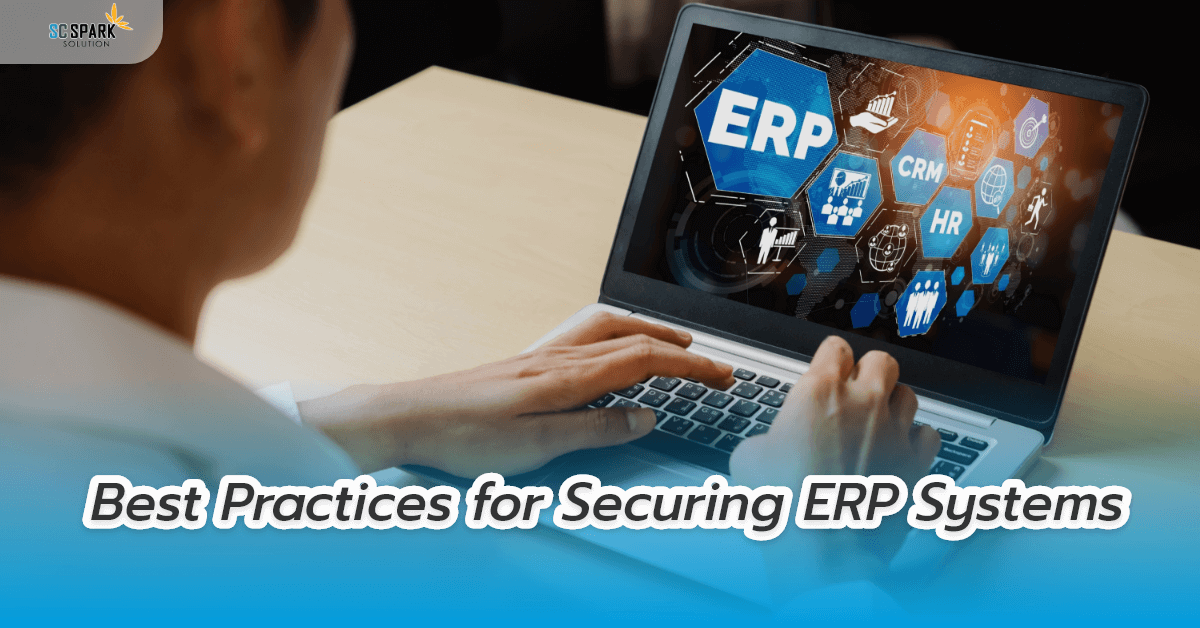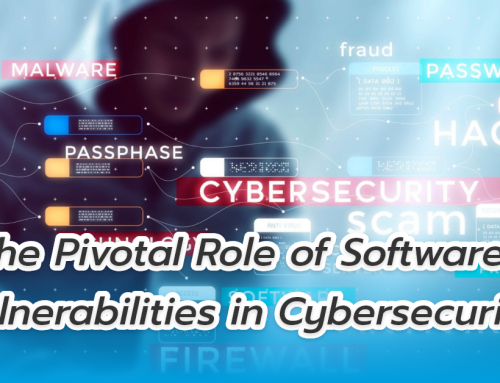Best Practices for Securing ERP Systems
Enterprise Resource Planning (ERP) systems are integral to the functioning of many organizations, providing a unified platform to manage and automate various business processes. Given their central role and the sensitive data they handle, securing ERP systems is paramount. Here are some best practices for ensuring the security of ERP systems
- Implement Strong Authentication Mechanisms
Using robust authentication mechanisms is fundamental to securing ERP systems. Consider the following measures
- Multi-Factor Authentication (MFA) Implement MFA to add an extra layer of security. This requires users to provide multiple forms of verification, making it harder for unauthorized users to gain access.
- Strong Password Policies Enforce the use of complex passwords that are difficult to guess. Regularly update password policies to mitigate the risk of compromised credentials.
- Regularly Update and Patch Systems
Keeping ERP systems up to date is crucial to protect against vulnerabilities
- Patch Management Establish a routine patch management process to ensure that all components of the ERP system, including third-party integrations, are updated with the latest security patches.
- Automated Updates Where possible, automate the update process to minimize the risk of human error and ensure timely application of patches.
- Conduct Regular Security Audits
Regular security audits help identify and address potential vulnerabilities
- Internal Audits Conduct periodic internal security audits to assess the effectiveness of existing security measures and identify areas for improvement.
- External Audits Engage external security experts to perform comprehensive security assessments and provide an unbiased evaluation of the ERP system’s security posture.
- Implement Role-Based Access Control (RBAC)
RBAC ensures that users have access only to the information and functions necessary for their roles
- Least Privilege Principle Assign users the minimum level of access required to perform their job functions. This limits the potential damage from compromised accounts.
- Regular Access Reviews Periodically review user access levels to ensure they are appropriate and revoke access for users who no longer need it.
- Encrypt Sensitive Data
Encryption protects sensitive data from unauthorized access
- Data at Rest Encrypt data stored within the ERP system to safeguard it from unauthorized access, even if physical security is breached.
- Data in Transit Use encryption protocols such as TLS/SSL to secure data transmitted between the ERP system and other devices or systems.
- Monitor and Log System Activity
Continuous monitoring and logging help detect and respond to suspicious activities
- Activity Logs Maintain detailed logs of user activities, system changes, and access attempts. These logs can be invaluable for forensic analysis in the event of a security incident.
- Real-Time Monitoring Implement real-time monitoring solutions to detect unusual or unauthorized activities and respond promptly.
- Educate and Train Employees
Employee awareness is a critical component of ERP system security
- Security Training Provide regular security training to employees to help them recognize and avoid common threats such as phishing attacks and social engineering.
- Security Policies Develop and enforce comprehensive security policies that outline best practices and acceptable use of the ERP system.
- Secure Third-Party Integrations
Many ERP systems integrate with third-party applications and services, which can introduce additional security risks
- Vendor Assessment Conduct thorough security assessments of third-party vendors and their products before integration.
- Secure APIs Use secure APIs and implement stringent access controls to protect data exchanged with third-party applications.
- Implement Disaster Recovery and Business Continuity Plans
Preparation for potential security incidents can minimize their impact
- Backup Strategy Regularly back up critical ERP data and ensure that backups are stored securely and can be quickly restored in the event of a data loss incident.
- Incident Response Plan Develop and maintain an incident response plan that outlines procedures for detecting, responding to, and recovering from security incidents.
- Utilize Advanced Security Technologies
Leverage advanced technologies to enhance the security of ERP systems
- Intrusion Detection and Prevention Systems (IDPS) Deploy IDPS to detect and prevent malicious activities within the ERP system.
- Behavioral Analytics Use behavioral analytics to identify anomalies in user behavior that may indicate a security threat.
Conclusion
Securing ERP systems is a multifaceted challenge that requires a combination of strong authentication, regular updates, continuous monitoring, employee training, and advanced security technologies. By adopting these best practices, organizations can significantly reduce the risk of security breaches and ensure the integrity, availability, and confidentiality of their ERP systems.
For those of you who want to make an E-Commerce app, a shopping app or a Delivery app, we recommend SC-Spark Solution, an app making company. experienced With direct experience from Silicon Valley, being a company that develops more than 100 applications around the world, both custom and ready-made for you to choose from. If anyone is interested in making mobile applications or websites, you can contact here
Contact us at
Facebook : SC-Spark Solution บริการทำแอปพลิเคชั่น
“Nothing is impossible”







